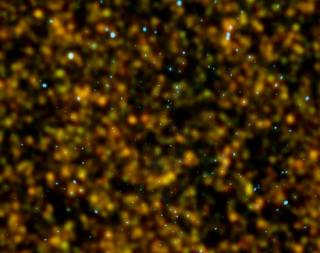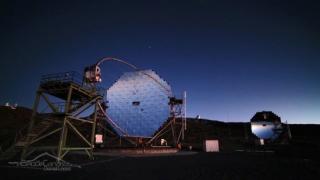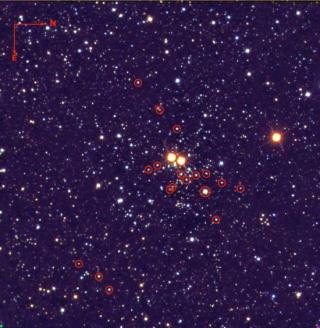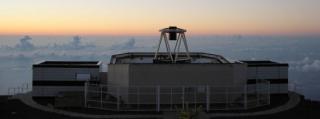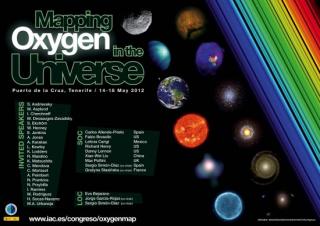
Del lunes 14 de mayo y hasta el 18, se celebrará en el Puerto de la Cruz (Tenerife) un encuentro científico internacional, organizado desde el IAC, en el que se discutirá sobre la distribución del oxígeno en el universo
Advertised on
